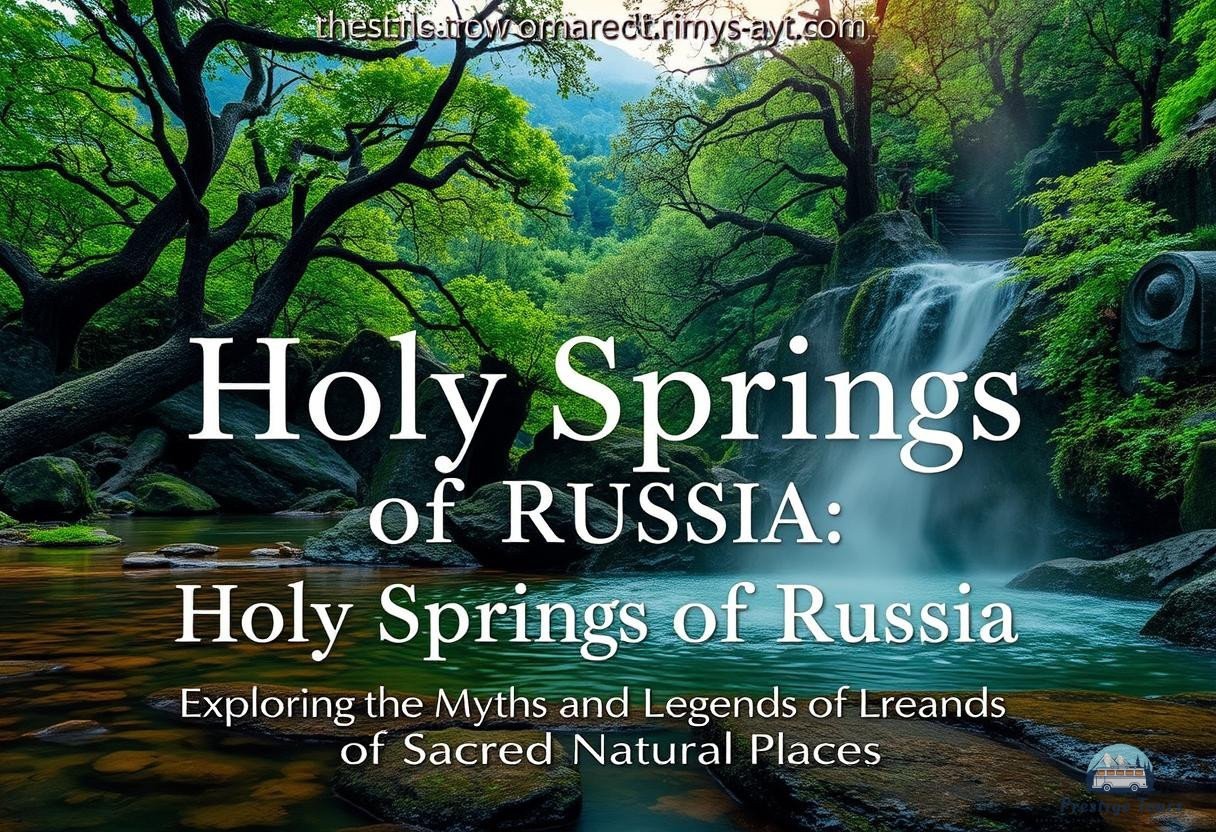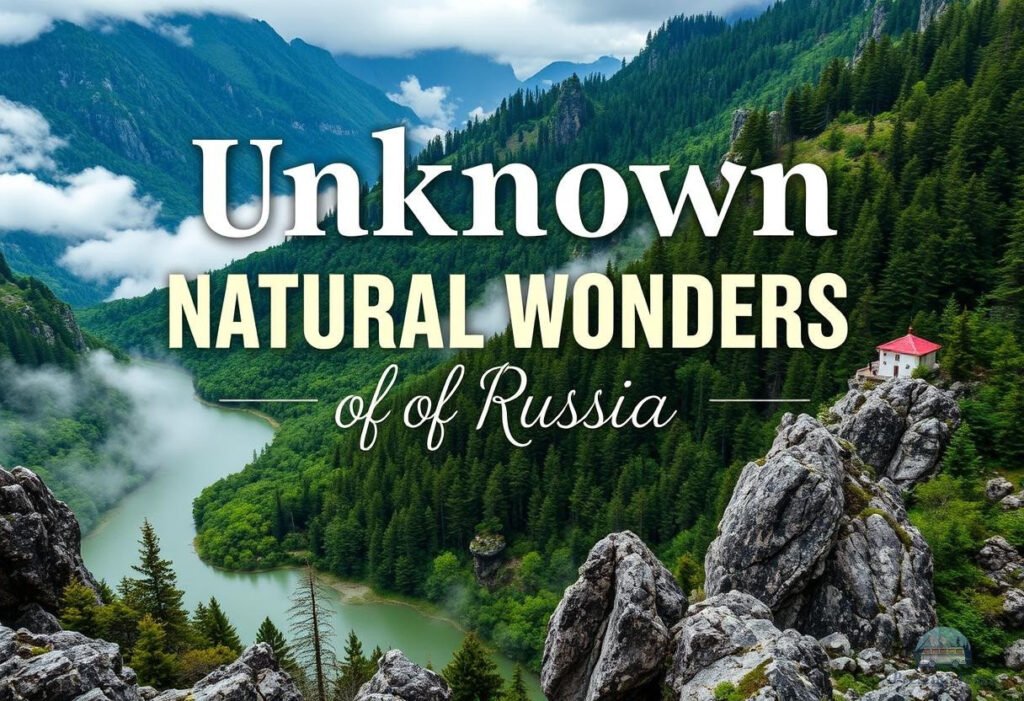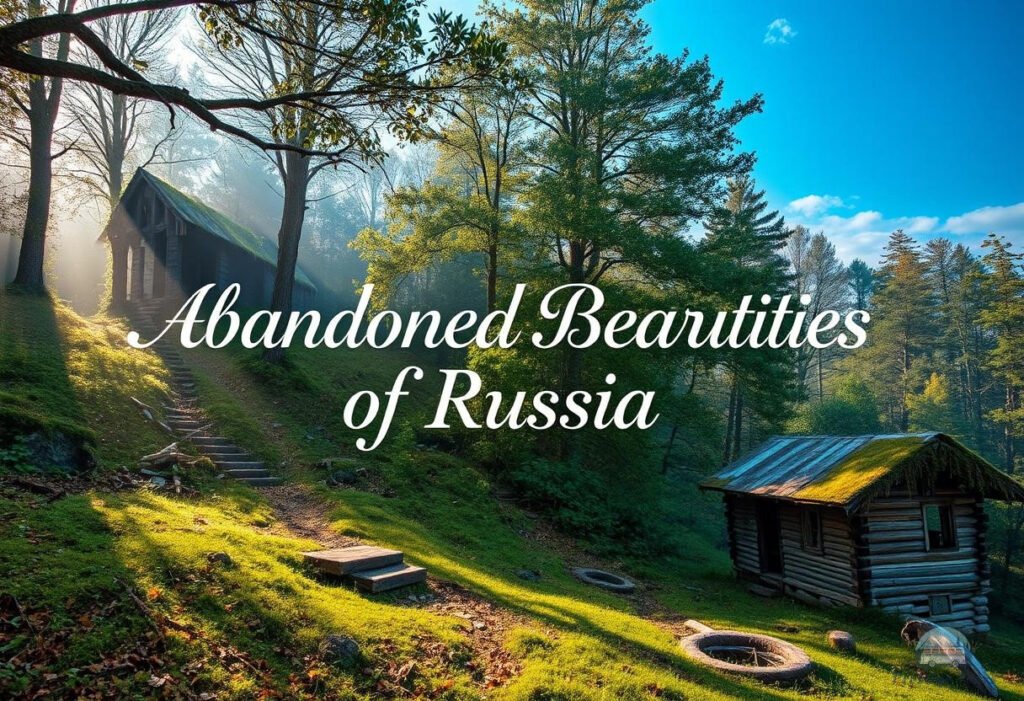Sacred Places of Nature: Exploring Myths about Holy Springs
The holy springs of Russia represent a unique and important cultural heritage. These places are revered as spiritual centers that attract pilgrims and tourists with their mystical charm and history. Holy springs are considered places of power, where myths and reality are closely intertwined, requiring special respect and understanding from visitors.
Introduction to the topic of holy springs
Holy springs are natural springs that are believed to have healing and sacred properties. They are often associated with religious rituals, legends and myths, which gives these places a special atmosphere. Holy springs play a significant role in culture and religion, being places where one can find solace, healing and spiritual renewal.
Historical context of the holy springs of Russia
The origin of myths and legends about holy springs in Russia goes back to ancient times. Local peoples created stories about the healing properties of springs, associating them with divine powers. Over time, the worship of holy springs developed and is inextricably linked with the Christian tradition, which brought its own interpretation to this practice.
Famous holy springs of Russia
Among the many holy springs in Russia, there are several that are particularly notable. These sites have become popular pilgrimage sites, attracting thousands of believers and tourists.
- Saint Olga's Spring – famous for its healing waters and beautiful natural landscapes.
- Springs in the Caucasus – many of them are associated with local legends that promise healing from diseases.

Each of these springs is surrounded by its own myths and beliefs. Many people claim that the water from these springs has unique properties that can heal both physical and mental ailments.
Visiting the Holy Springs: A Practical Guide for Tourists
If you are planning to visit the holy springs of Russia, it is important to prepare for your trip properly. Here are some tips to help you with this:
- Gather information about the place, its history and significance to local people.
- Plan your route in advance, taking into account that some sources may be located in hard-to-reach places.
In addition, before visiting holy springs, one should remember the rules of conduct at these holy places. These places require compliance with ethical and cultural aspects:
- Maintain silence and respect.
- Do not leave trash or other objects.
- Follow local customs and traditions.
Conclusion
The importance of sacred places such as holy springs for modern society is difficult to overestimate. They are not only objects of pilgrimage, but also places where one can find inner peace and harmony. The call for respect and preservation of cultural heritage is becoming especially relevant in our time, when spiritual values are becoming increasingly important. For detailed information on the cultural and religious traditions of holy springs, visit the website Pravmir.












